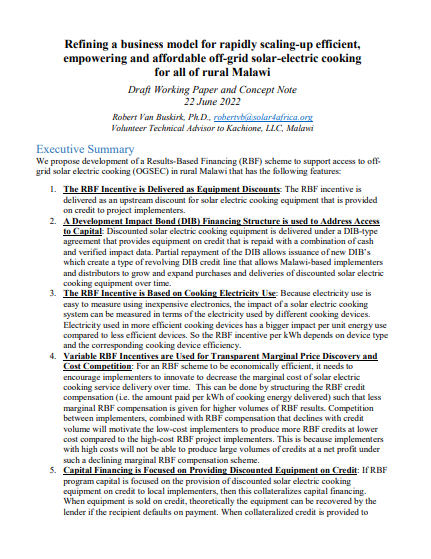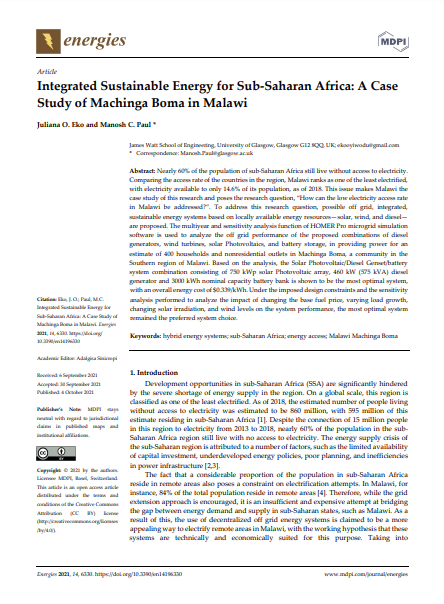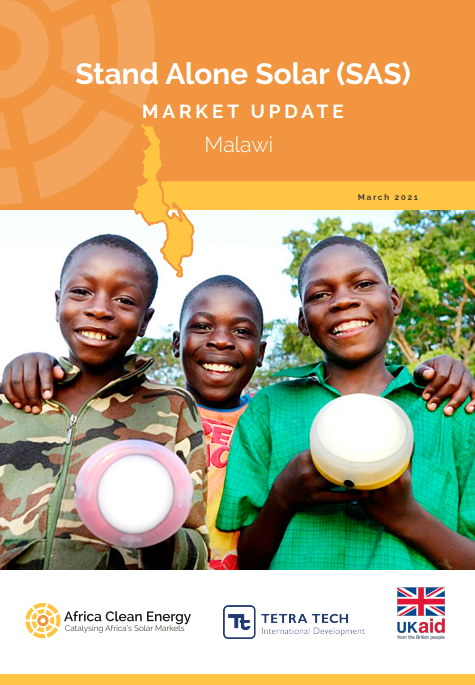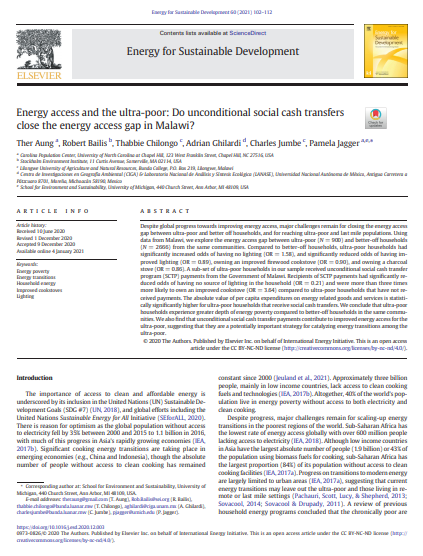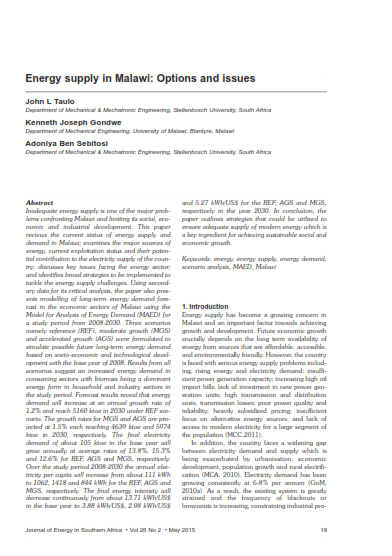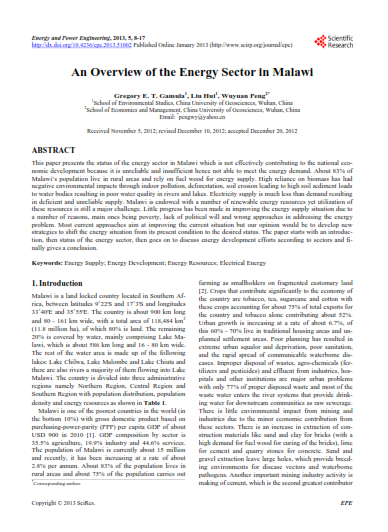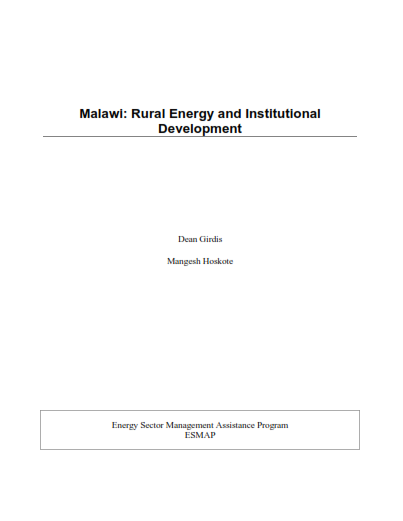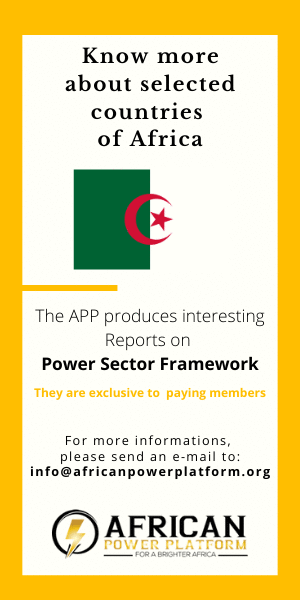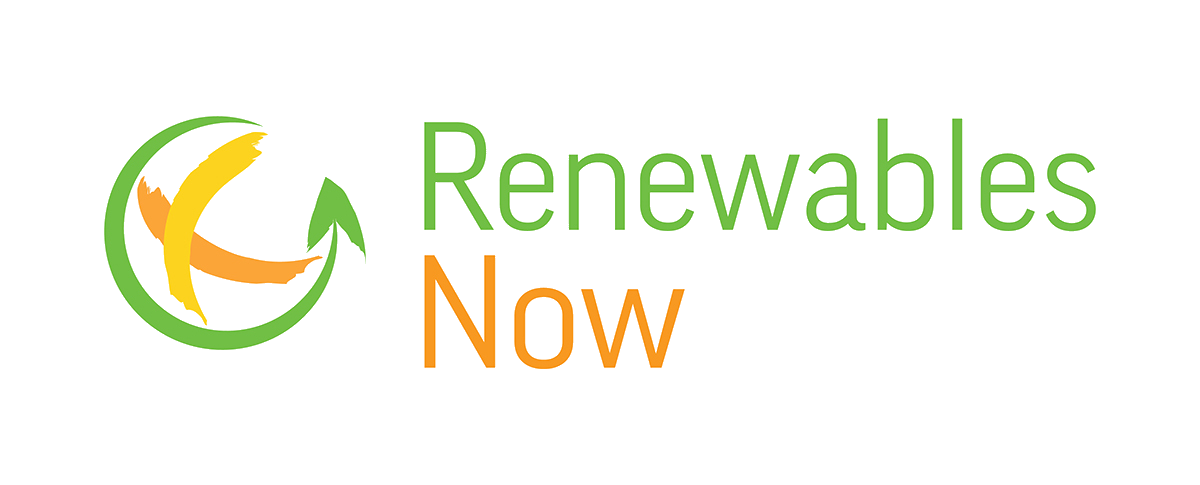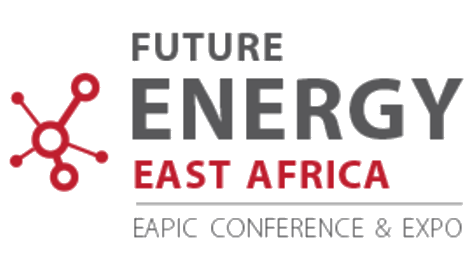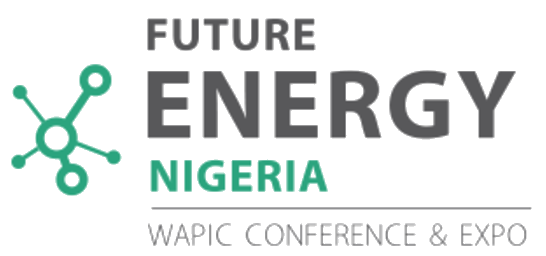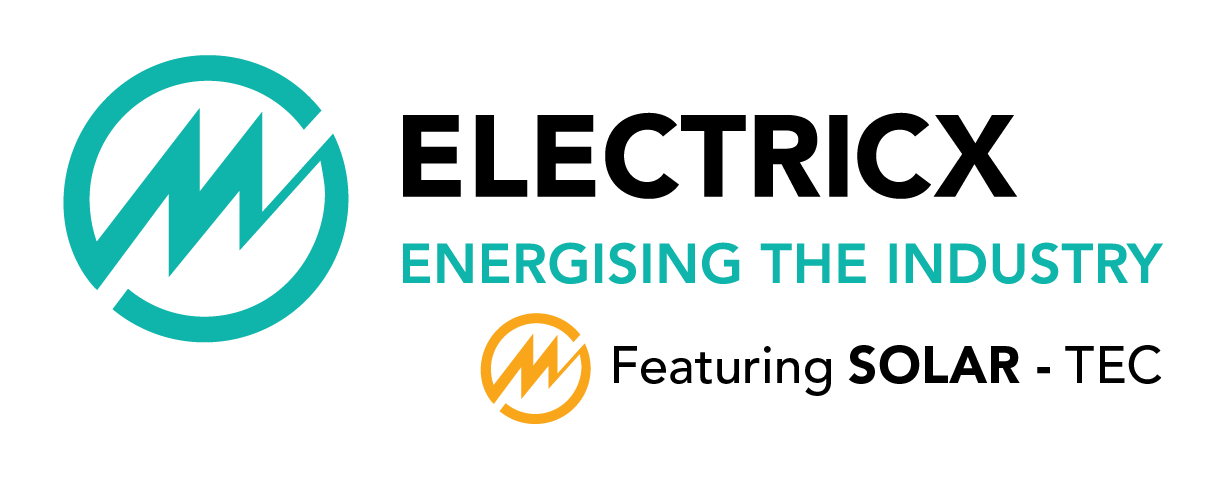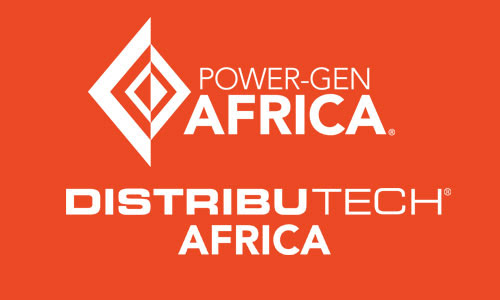We post here the relevant reports for the power sector in Malawi. Feel free to join our efforts and share us any other you may have found. We'd be glad to add them to the list. Just send an email to This email address is being protected from spambots. You need JavaScript enabled to view it.
Publication date: March 2024
Author: Elsevier
Description: This study performs the first life cycle assessment of solar home systems (SHSs) to use data quantifying lead pollution from informal lead-acid battery recycling. The typical life cycle of SHSs in off-grid communities surrounding Malawi’s capital of Lilongwe is assessed, considering affordable components imported from China, lead-acid battery lifetimes of one year, the collection of materials through the informal scrap market, the open dumping and burning of waste, and informal lead-acid battery recycling (remanufacturing). Lead-acid batteries are highlighted as the most damaging SHS component, occupying 54–99% of each impact category, caused by the burdens of lead mining and the high assembly energy of batteries, amplified by short battery lifetimes – subject to detrimental user practices. The amount of electricity delivered to users is significantly restricted by the low efficiency of affordable SHS components. Meanwhile, the informal remanufacturing of a single lead-acid battery is recorded to release over 100 times the lethal oral dose of lead for an adult into densely populated communities, resulting in a terrestrial ecotoxicity potential of 200–386 kg 1,4-DCB eq. per kWh delivered. Proposed formal recycling solutions are found to successfully mitigate the toxicity of informal waste management but incur significant burdens: substituting toxic but resource-efficient informal remanufacture with safe but energy-intensive formal battery production. Furthermore, the short one-year lifetimes of lead-acid batteries can cause the environmental impacts of SHS to exceed the impacts of diesel generators in most impact categories, resulting in a global warming potential of up to 1.4 kg CO 2 /kWh.
Download Report >>
Visit Website >>
Publication date: 22 June 2022
Author: ResearchGate
Description: The objective of this concept note is to outline a project and a process for creating a practical business model with the attendant enabling technologies and policies that can allow the country of Malawi to attain near-universal modern energy cooking services access by 2040. Specifically it is hoped that such a business model can cost-efficiently provide off-grid solar electric cooking (OGSEC) access for rural households in the context of a Results-Based Financing (RBF) program that has a budget that averages approximately $10M per year from 2024 to 2040.
Download Report >>
Visit Website >>
Publication date: 4 October 2021
Author: MDPI
Description: Nearly 60% of the population of sub-Saharan Africa still live without access to electricity. Comparing the access rate of the countries in the region, Malawi ranks as one of the least electrified, with electricity available to only 14.6% of its population, as of 2018. This issue makes Malawi the case study of this research and poses the research question, “How can the low electricity access rate in Malawi be addressed?”. To address this research question, possible off grid, integrated, sustainable energy systems based on locally available energy resources—solar, wind, and diesel—are proposed. The multiyear and sensitivity analysis function of HOMER Pro microgrid simulation software is used to analyze the off grid performance of the proposed combinations of diesel generators, wind turbines, solar Photovoltaics, and battery storage, in providing power for an estimate of 400 households and nonresidential outlets in Machinga Boma, a community in the Southern region of Malawi.
Download Report >>
Visit Website >>
Publication date: March 2021
Author: Tetra Tech International Development
Description: The COVID-19 pandemic has impacted the daily life of Sierra Leoneans in many ways. Businesses, airports, borders and schools were shut down as stay-at-home orders were issued in efforts to stop the spread of the virus. The population living in rural off-grid areas or served by unreliable grid networks were hardest hit by the effects of the pandemic as they lacked electricity, water and fuel for domestic use. At the same time, the pandemic has shown that it is much harder to sustain measures needed to fight such outbreaks without adequate electricity.
Download Report >>
Visit Website >>
Publication date: January 2021
Author: Elsevier
Description: Despite global progress towards improving energy access, major challenges remain for closing the energy access gap between ultra-poor and better off households, and for reaching ultra-poor and last mile populations. Using data from Malawi, we explore the energy access gap between ultra-poor (N = 900) and better-off households (N = 2666) from the same communities.
Download Report >>
Visit Website >>
Publication date: 2020
Author: UNDCF
Description: Malawi has a total installed capacity of almost 500 megawatts (MW), the majority of which is generated from renewable sources - 385 MW is hydroelectric and 55 MW solar. Although estimated peak demand is only 440 MW, low availability of hydropower, especially during the dry season, means that Malawi often encounters a supply deficit
Download Report >>
Visit Website >>
Publication date: 2017, March
Author: MoE
Description: The IPP Framework covers an IPP Framework summary, the IPP Framework Structures and Processes, covering IPP Roles, Responsibilities and Rules of Engagement. It also covers IPP Framework Solicitation Processes covering General IPP procurement processes, Solicited IPP (SIPP) procurement and Unsolicited IPP procurement (UIPP). In addition, it has the Project evaluation covering Risk assessment and due diligence, Comprehensive evaluation approach and procedures, Tariff structures and analysis; and Financial evaluation. Lastly, it includes Project template documents including the IPP Framework Template Procurement Documents; and the IPP Framework Pro-Forma Project Agreements.
Download Report >>
Publication date: 2015, May
Author: Journal of Energy South Africa
Description: Inadequate energy supply is one of the major problems confronting Malawi and limiting its social, economic and industrial development. This paper reviews the current status of energy supply and demand in Malawi; examines the major sources of energy, current exploitation status and their potential contribution to the electricity supply of the country; discusses key issues facing the energy sector; and identifies broad strategies to be implemented to tackle the energy supply challenges.
Download Report >>
Visit Website >>
Publication date: 2013, June
Author: MoE
Description: 87% of energy is from biomass therefore Serious deforestation and Environmental degradation.
Download Report >>
Publication date: 2012, December
Author: SciRes
Description: This paper presents the status of the energy sector in Malawi which is not effectively contributing to the national economic development because it is unreliable and insufficient hence not able to meet the energy demand.
Download Report >>
Publication date: 2009
Author: MCC
Description: Since 2001, energy demand in Malawi has increased rapidly. The number of consumers has increased by 41% with an average increase in total energy consumption of 18.5%. The actual installed capacity for the power system in 2007 was 285 MW of which 255 MW was available to its customers. According to the base scenario of the power demand forecast carried out in January 2007, generation capacity is expected to increase to 347.6 MW by 2010 due to increased supply from Kapichira II and major rehabilitation works. On the other hand, the projected demand indicates that Malawi will require 324.8 MW by 2010; 478 MW by 2015; and 757.4 MW by 2020.
Download Report >>
Publication date: 2005, April
Author: ESMAP
Description: ESMAP Reports are published to communicate the results of ESMAP’s work to the development community. The typescript of the paper has not been prepared in accordance with the procedures appropriate to formal documents. Some sources cited in this paper may be informal documents that are not readily available.
Download Report >>






